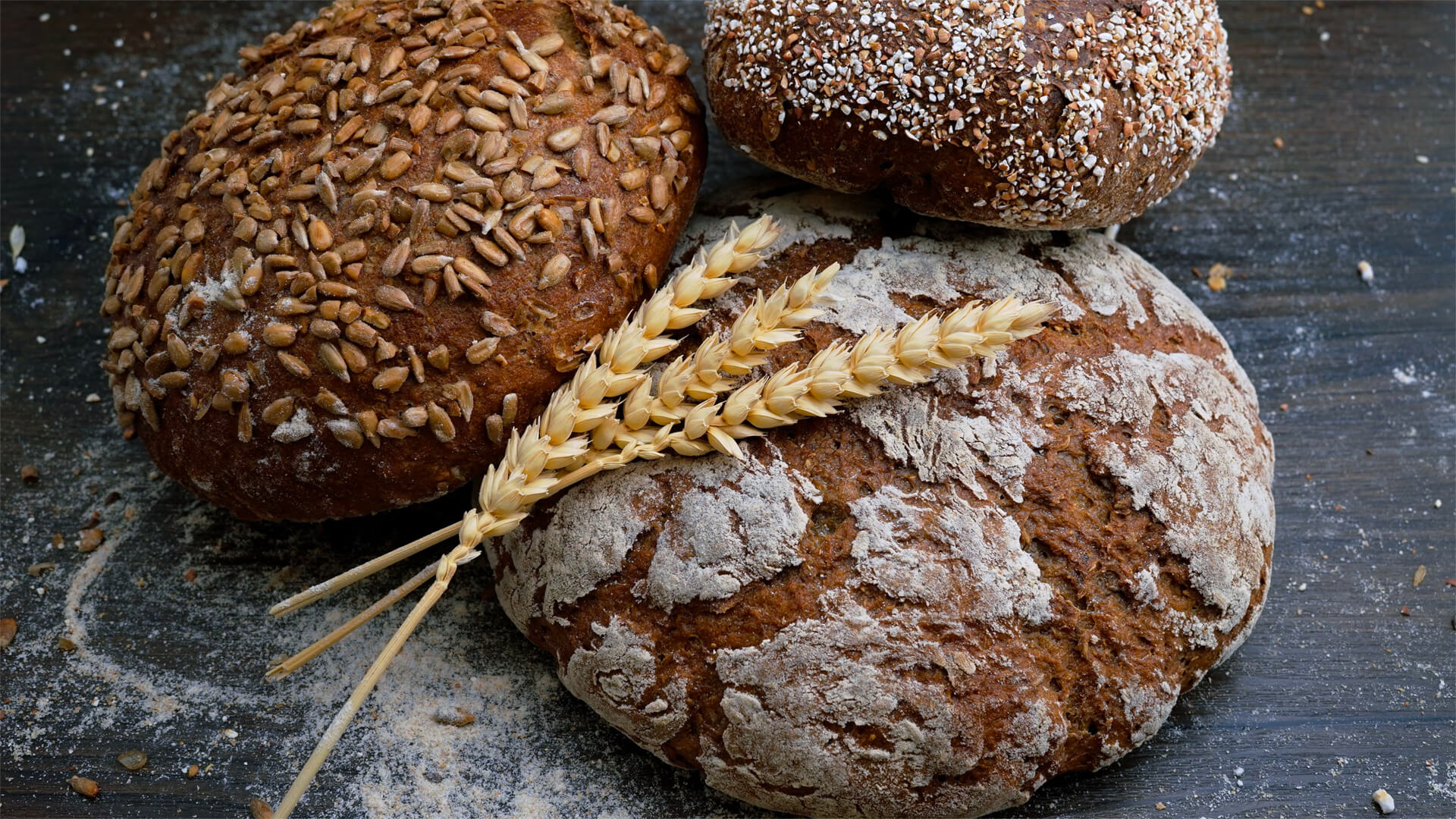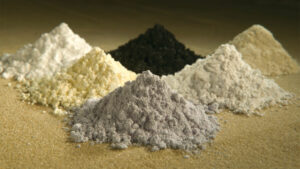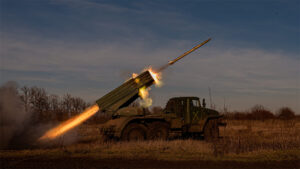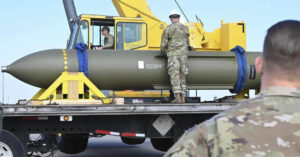Read the other installment in this series
WHERE IN THE WORLD: ADAIR AND WINDS, PT. 1
NB: The following video is one I recorded while on my annual backpacking trip in August; please excuse any potential anachronisms.
With the foundation laid out in Part 1, we’ll now look into agricultural zones that are most at risk based upon changes to their moisture and input profiles. More specifically, areas that were not capable of being global producers of foodstuffs until the Industrial Age.
Each of these agricultural zones are already experiencing impacts to their inputs, whether that’s fertilizers, equipment or chemicals. Compounding these impacts with changes to their moisture profiles could be catastrophic.
Prefer to read the transcript of the video? Click here
Here at Zeihan On Geopolitics we select a single charity to sponsor. We have two criteria:
First, we look across the world and use our skill sets to identify where the needs are most acute. Second, we look for an institution with preexisting networks for both materials gathering and aid distribution. That way we know every cent of our donation is not simply going directly to where help is needed most, but our donations serve as a force multiplier for a system already in existence. Then we give what we can.
Today, our chosen charity is a group called Medshare, which provides emergency medical services to communities in need, with a very heavy emphasis on locations facing acute crises. Medshare operates right in the thick of it. Until future notice, every cent we earn from every book we sell in every format through every retailer is going to Medshare’s Ukraine fund.
And then there’s you.
Our newsletters and videologues are not only free, they will always be free. We also will never share your contact information with anyone. All we ask is that if you find one of our releases in any way useful, that you make a donation to Medshare. Over one third of Ukraine’s pre-war population has either been forced from their homes, kidnapped and shipped to Russia, or is trying to survive in occupied lands. This is our way to help who we can. Please, join us.
CLICK HERE TO SUPPORT MEDSHARE’S UKRAINE FUND
CLICK HERE TO SUPPORT MEDSHARE’S EFFORTS GLOBALLY
TRANSCIPT
Hey, everyone. I’m still at Adair. Just look in the other direction. So this is after the next pour off. I’m standing on the last little bit of granite that the glacier was able to flow over rather than through. I forgot to mention parts of the world that are going to see more versus less disruption from what’s coming from wind current disruption.
The three areas I’m most concerned about are ones that are heavily dependent not just on a certain moisture profile, but also a certain input profile. These are zones that until the industrial age really were not on the map in terms of being global producers of foodstuffs. Elevation. The first is Brazil. The Brazilian Cerrado really has no nutrient profile in the soil, and so they’re completely dependent on imported fertilizers, primarily from the Russian space. Those haven’t been disrupted because of the Ukraine work, but that’s not long coming. That is primarily a soy region.
The second is the Russian wheat belt itself, particularly the eastern three quarters of it stretching roughly from the north west corner of Kazakhstan, east into eastern Siberia. It’s not that this area can’t grow, it’s just that it can’t grow without high level inputs. Russia’s enterprise farms import a lot of foreign equipment and chemicals, and that is basically stopped. So you change the nutrient excuse me, the moisture profile at all. And a lot of that just goes off the market. And Russia is no longer the world’s largest wheat exporter.
The third is Western Australia. In a situation somewhat similar to what’s going on in Brazil. They’ve got a very special soil type that has very low nutrient profile. There the problem is that when water hits it, the clay particles in the soil enlarge until they dissolve within the water. And then you basically just have a swampy mess and you cannot farm this at volume without a huge amount of capital and foreign inputs for equipment and fertilizer. You can add peat, but it takes a long time.
Anyway, disrupt the moisture profile in any of the three in an environment where already the input profile is being disrupted and you’re looking at the world losing three of its great bread baskets. Okay, that’s it for real. Until next time.








